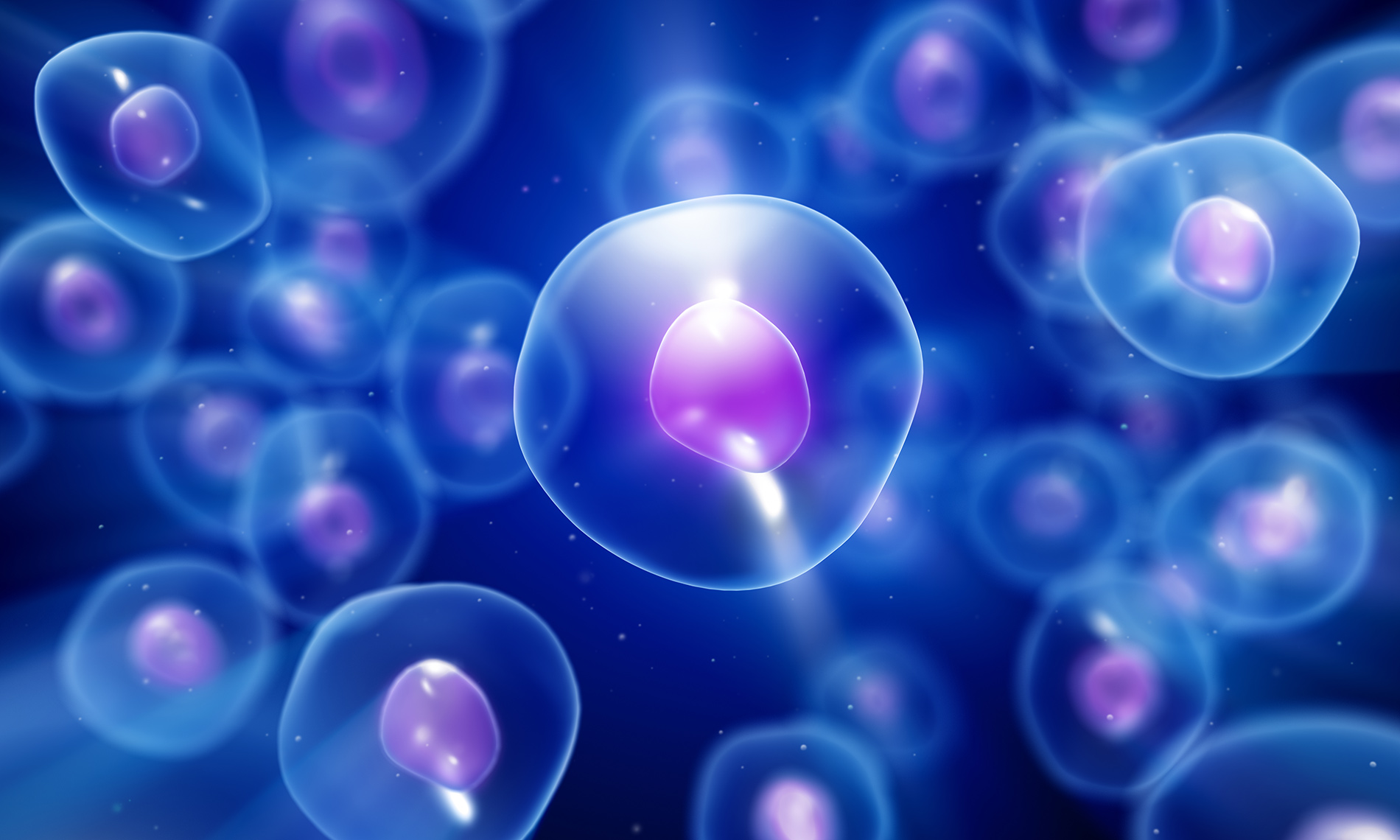New Initiative Aims to Reveal the Origins of Complex Life
There is currently a fundamental gap in the understanding of the origin of complex life, eukaryotes.

A new research initiative will shed light on how the origin of complex life evolved through symbiosis. The project will be the latest from the Brett Baker laboratory at The University of Texas at Austin's Marine Science Institute, which made recent discoveries of new organisms called Asgard archaea, named after Norse gods, and their metabolisms.
The Asgards are commonly found at the bottom of the ocean near hydrothermal vents, and these discoveries brought scientists closer to understanding how more complex life, known as eukaryotes, came to be. The Moore-Simons Project on the Origin of the Eukaryotic Cell has awarded a grant to Baker and his colleagues (Dr. Thijs Ettema Wageningen at University in the Netherlands, Dr. Mark Ellisman at University of California San Diego, and Dr. Roland Hatzenpichler at Montana State University) to prove or disprove ideas about the origin of complex life.
There is currently a fundamental gap in the understanding of the origin of eukaryotes (including plants and animals). The leading theory is that eukaryotes, with their complex cells full of organelles encased in a cellular membrane, evolved when one simple organism absorbed another, its bacterial symbiont. The recently discovered Asgard archaea are the closest relatives of eukaryotes known and are a descendant of the host of this relationship that led to the first eukaryotic cells. Studies of these Asgard microbes are revolutionizing our understanding of the origin of eukaryotic life.
There are several competing hypotheses on the biological and physiological interactions that led to the symbiotic origin of eukaryotes, and the newly funded research will advance our understanding of this relationship. Scientists know that the evolution of mitochondria material was a pivotal point in eukaryotic evolution because these organelles have their own DNA and are important powerhouses of the eukaryotic cell, creating most of the chemical energy. Recent evidence collected by this team indicate that this absorption may have first occurred in an Asgard host microbe when it took over a bacteria – that has the genes and proteins to produce energy.
The new initiative, supported with nearly $2 million from the Moore-Simons Project on the Origin of the Eukaryotic Cell, will allow Baker and colleagues to determine which Asgards are most closely related to eukaryotes and further explore their physiological interactions, and cellular structure.
"Our research will transform our understanding of the microbial interactions that led to the formation of eukaryotic life on the planet," says Baker.
